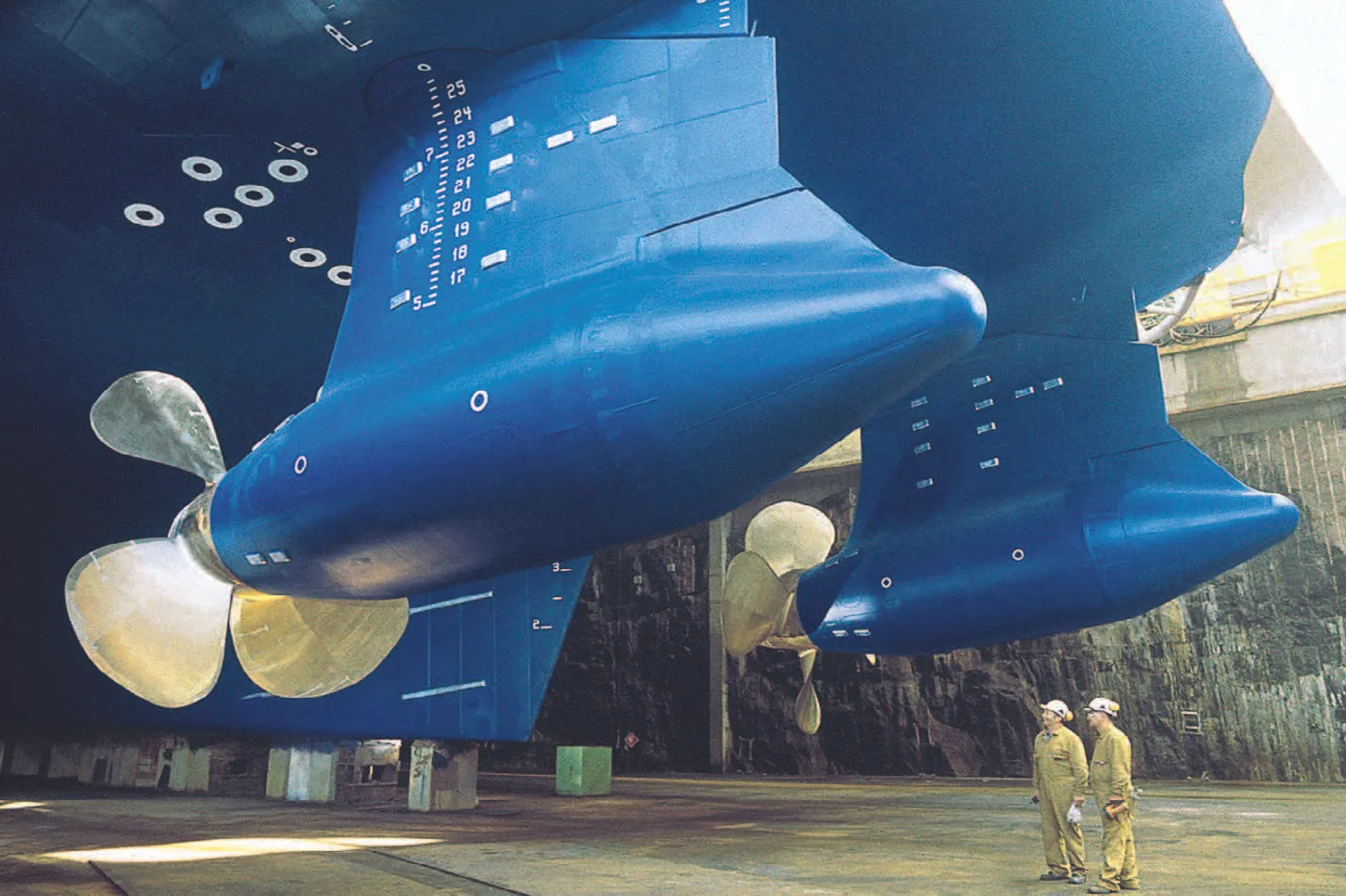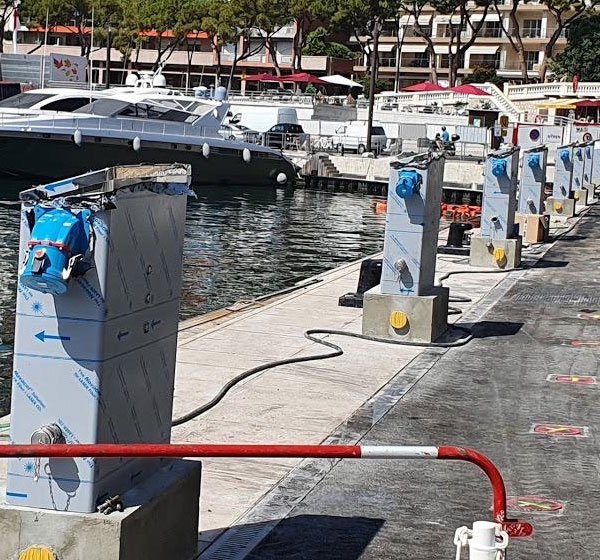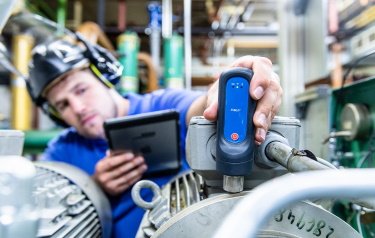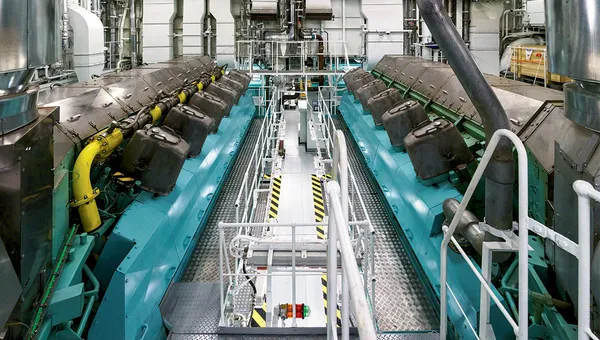
Contents
- Introduction
- What Are Azipods?
- History and Development of Azipods
- Advantages of Azipods
- Major Manufacturers and Costs
- Vessels with Azipods
- Biggest Azipods and Their Installations
- Future of Azipods in the Maritime Industry
- Conclusion
1. Introduction
Azipods are an innovative propulsion system that has revolutionized the maritime industry, offering enhanced manoeuvrability, efficiency, and environmental benefits. This article explores the concept of azipods, their history, advantages, and their impact on modern shipping.
2. What Are Azipods?
Azipods are a type of marine propulsion unit that combines an electric motor with a fixed-pitch propeller housed in a pod that can rotate 360 degrees. This configuration allows for greater manoeuvrability and efficiency compared to traditional shaft line propulsion systems. Azipods are used in a variety of vessels, including cruise ships, icebreakers, and offshore support vessels.
3. History and Development of Azipods
The concept of azipods was developed by ABB (Asea Brown Boveri) in collaboration with Finnish shipbuilder Masa-Yards in the late 1980s. The first commercial installation of an azipod propulsion system was on the Finnish icebreaker “MSV Eik” in 1990. This marked the beginning of a new era in marine propulsion technology.
4. Advantages of Azipods
- Enhanced Manoeuvrability: The 360-degree rotation of the pod allows for precise manoeuvring, making docking and undocking easier and safer.
- Improved Fuel Efficiency: Azipods reduce hydrodynamic drag and improve propulsive efficiency, leading to lower fuel consumption.
- Reduced Emissions: Improved efficiency translates to lower greenhouse gas emissions.
- Lower Noise and Vibration: Azipods produce less noise and vibration compared to conventional propulsion systems, enhancing passenger comfort.
- Space Optimization: The absence of a long propeller shaft frees up valuable space within the vessel.
5. Major Manufacturers and Costs
ABB
- Models: Azipod XO, Azipod D, Azipod VI
- Applications: Cruise ships, icebreakers, offshore vessels
- Cost: The cost of azipod units can vary significantly based on size and power, typically ranging from $5 million to $15 million per unit.
Rolls-Royce (now part of Kongsberg Maritime)
- Models: Mermaid Pod Propulsor
- Applications: Cruise ships, ferries, and specialized vessels
- Cost: Similar to ABB, costs range from $5 million to $15 million depending on specifications.
Wärtsilä
- Models: Wärtsilä Steerable Thruster (WST)
- Applications: Offshore vessels, icebreakers, and various commercial ships
- Cost: Comparable to other manufacturers, with prices ranging from $5 million to $15 million.
6. Vessels with Azipods
Azipods are utilized in a variety of vessels, enhancing their performance and operational flexibility:
- Cruise Ships: Many modern cruise ships, such as those operated by Royal Caribbean and Carnival, use azipod propulsion for improved manoeuvrability and passenger comfort.
- Icebreakers: Vessels like the Finnish icebreaker “MSV Eik” and Russian nuclear-powered icebreakers benefit from the powerful and flexible propulsion provided by azipods.
- Offshore Support Vessels: Azipods are ideal for dynamic positioning in offshore operations, providing precise control and stability.
7. Biggest Azipods and Their Installations
The largest azipods currently in operation are installed on Royal Caribbean’s “Oasis-class” cruise ships, including the “Oasis of the Seas” and “Allure of the Seas.” These vessels are equipped with ABB’s Azipod XO units, each providing up to 20 MW of power. These powerful azipods contribute to the ships’ impressive manoeuvrability and efficiency despite their massive size.
8. Future of Azipods in the Maritime Industry
The future of azipods looks promising as the maritime industry continues to prioritize efficiency, environmental sustainability, and operational flexibility. Advancements in electric propulsion technology and increasing environmental regulations are likely to drive further adoption of azipods across various vessel types. Moreover, ongoing research and development efforts aim to enhance the performance and reduce the costs of azipod systems.
9. Conclusion
Azipods represent a significant advancement in marine propulsion technology, offering numerous benefits over traditional systems. Since their inception in the late 1980s, azipods have been widely adopted in the maritime industry, improving the performance and sustainability of a diverse range of vessels. As the industry continues to evolve, azipods are set to play an increasingly important role in shaping the future of shipping.
For more detailed insights and updates on maritime technologies, visit maritimehub.com.




